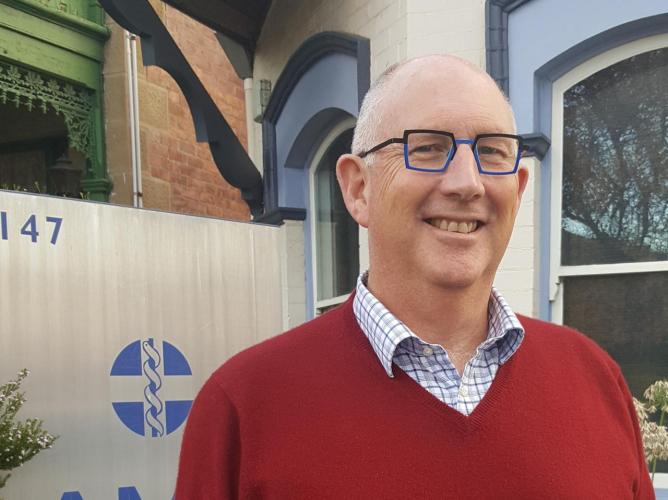Sting in the tail of private health cover
There is nothing worse for a patient than having paid private health insurance only to be left with a large out of pocket expense at the end of his or her episode of care. “Beware of specialists’ hidden fees” (3 July), pointed the finger at doctors’ fees as being the problem, but it failed to address the reluctance of private health insurers to be open and transparent about their rebate fee structure.

The question of why nearly fifty percent of patients pay a gap payment when they are treated in a private hospital is as much a question for the insurer as for the doctor. Without transparency from the insurer, we cannot be sure as to whether their rebate fee structure is indeed fair and reasonable and whether they have passed on the benefit of the increased private health insurance premiums to the patient or instead to their shareholders.
The AMA is actively involved in making sure that people have informed financial consent about the costs of their treatment, and that includes knowing what health funds are prepared to pay their customers for treatments. But let us be clear about why we have out-of-pocket costs in the first place. The three contributors to out-of-pocket costs are: 1) the doctor’s fee; 2) the Medicare rebate; and 3) what the health fund will pay. Let’s also be clear that 87 per cent of services are billed under a no-gap (zero fee to patient) arrangement.
Federal Health Minister Greg Hunt has re-committed to publishing by the end of the year “the first tranche” of a Government website allowing people to search specialists’ fees. The AMA will continue to raise concerns that this website will do nothing to inform patients about their likely out-of-pocket costs unless it also lists what they can expect back from Medicare and their private health insurance fund.
Independent analysis by, the Australian Prudential Regulation Authority (APRA), shows that when it comes to providing hospital services under private health insurance policies, most medical practitioners bill their patients under a no or known gap billing arrangement (95 percent) and assist patients in limiting their out-of-pocket costs. In fact, out-of-pocket payments for hospital episodes have decreased from both the last quarter (by 6.92%) and the previous year (4.2%).
That’s not to say that there isn’t a problem, the Australia Institute for Health and Welfare (AIHW) has shown that nationally Australians spent $29.4 billion on out of pocket health related expenses. Most of this is on prescription and non-prescription medications ($10.8 billion or 37%), dental services ($5.7 billion or 19%), and other health care such as aids and allied health services outside Medicare ($6.7 billion or 23%).
Medical costs make up only 21% of out of pocket expenditure for individuals. Additionally, medical services represent approximately 16% of Private Health Insurance Benefit outlays for hospital treatments.
The other issue not addressed is that of Medicare Benefits Schedule fees, and therefore, rebates, which have fallen well behind the real cost of providing quality health services to the Australian community. It is a testament to the restraint of medical practitioners that in the last 12 months, we have only seen a 0.6% decrease in the number of services provided at the no or known gap rates.
As the AMA, our role is as much to advocate for the patient as it is for doctors – we all want a fairer, clearer, and better value system that balances the interests of all stakeholders. The AMA supports and actively encourages full transparency of doctors’ fees, and unreservedly condemns egregious billing, which occurs in a very small percentage of cases. But that transparency must extend to both the size of the MBS rebate and the private health insurance contribution to the cost of treatment.
ENDS
____________________________________________________________________________________
MEDIA CONTACT
Dr John Davis – AMA Tasmania Vice President – 0488 142 033
Lara Giddings – AMA Tasmania CEO – 0400 417 160